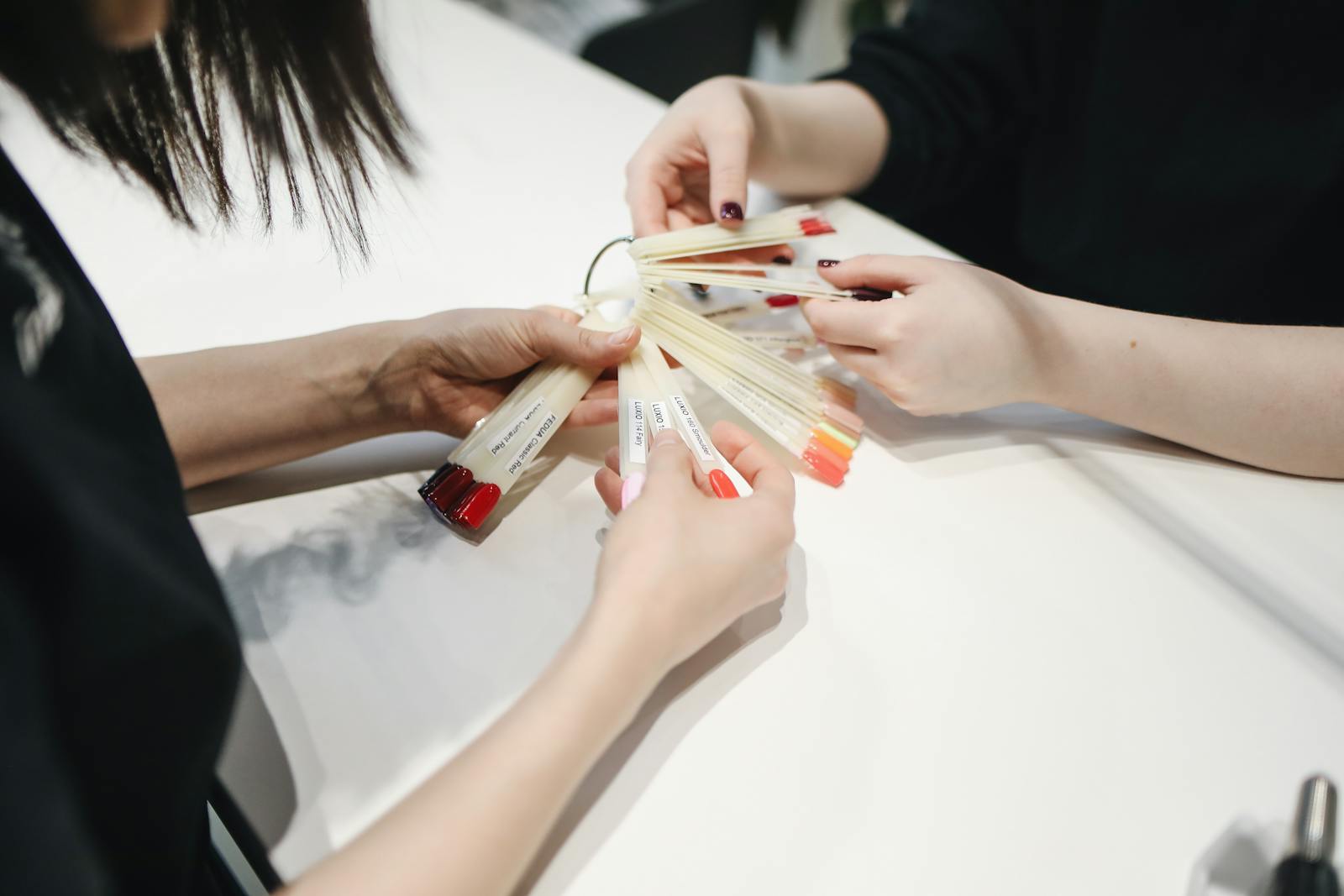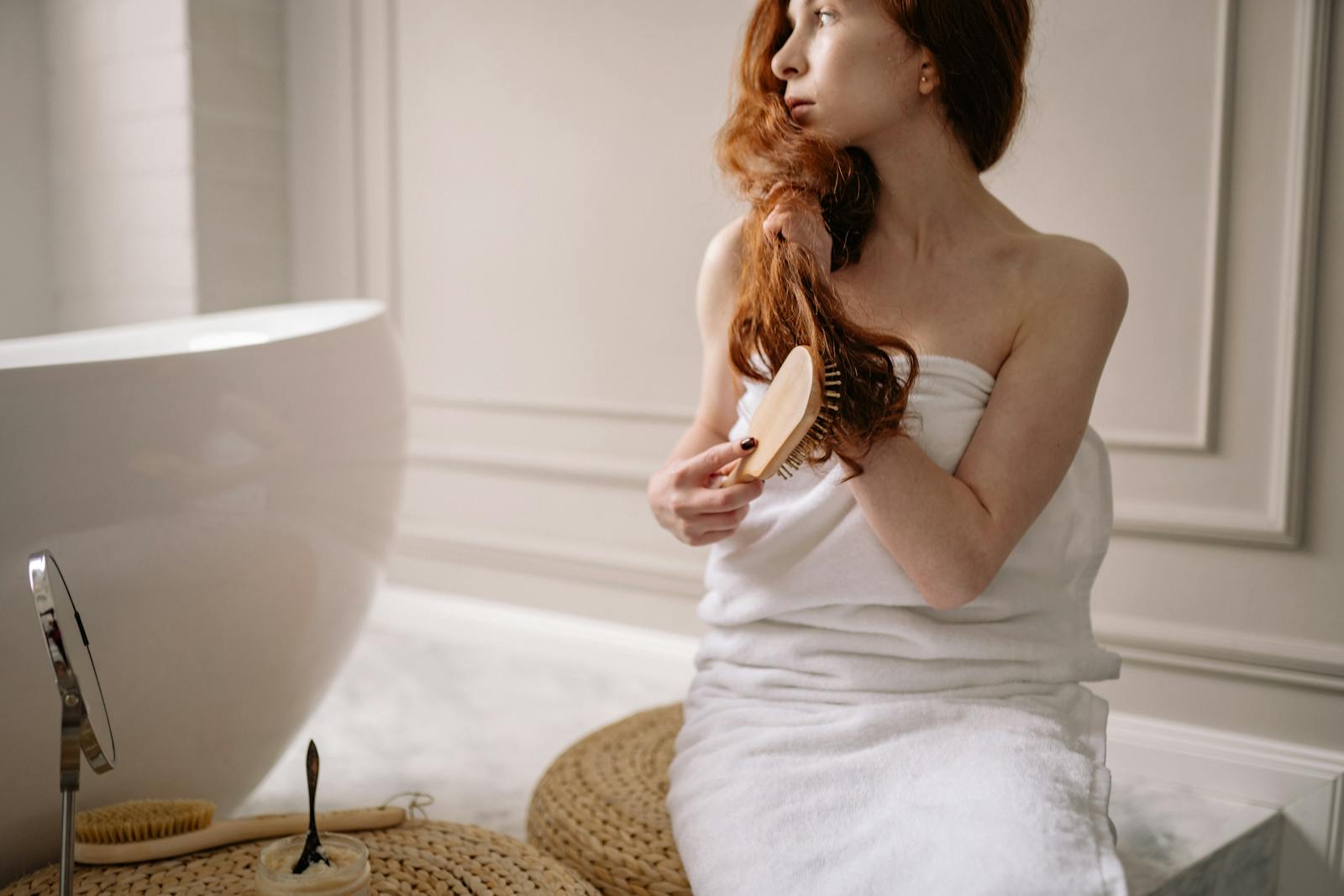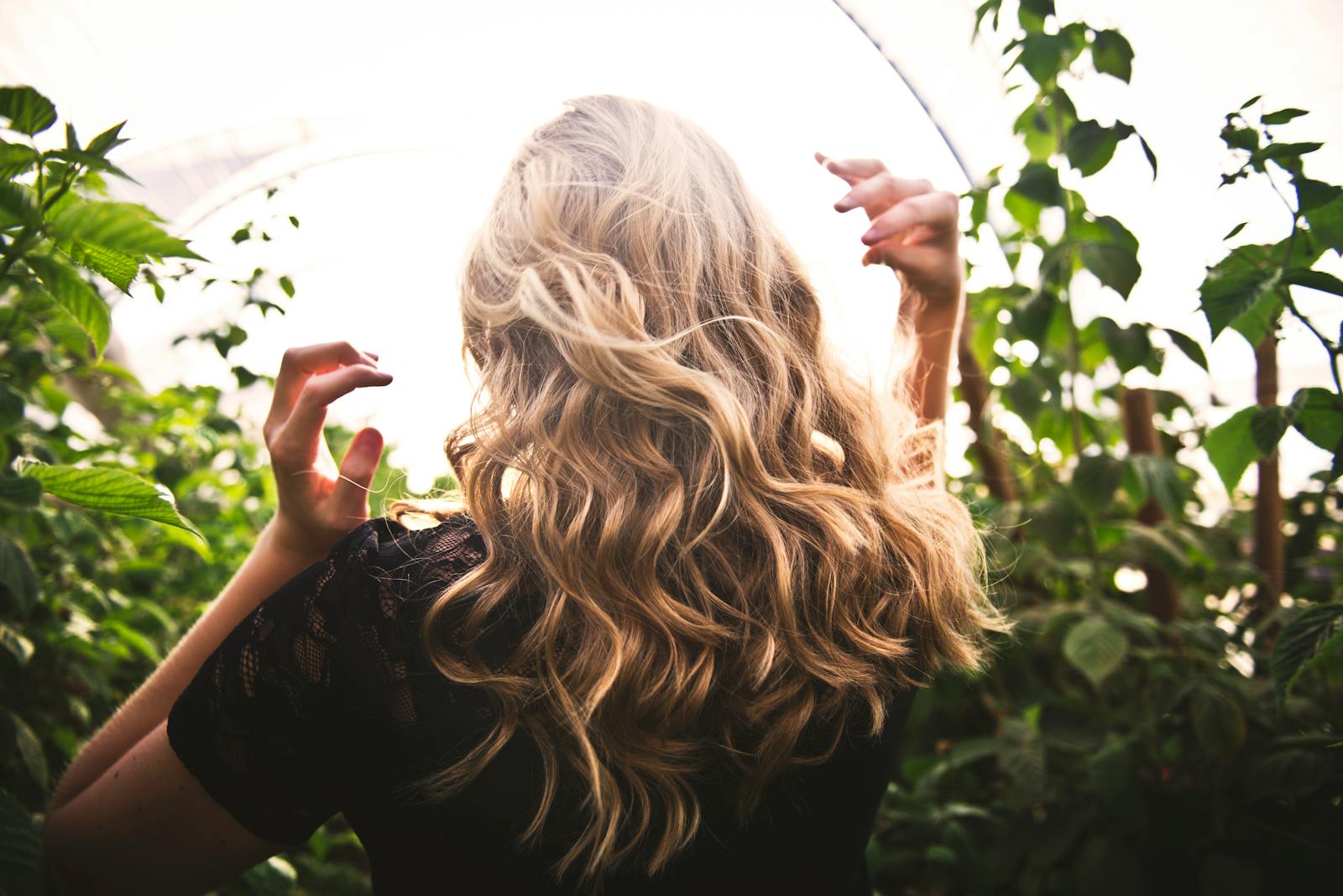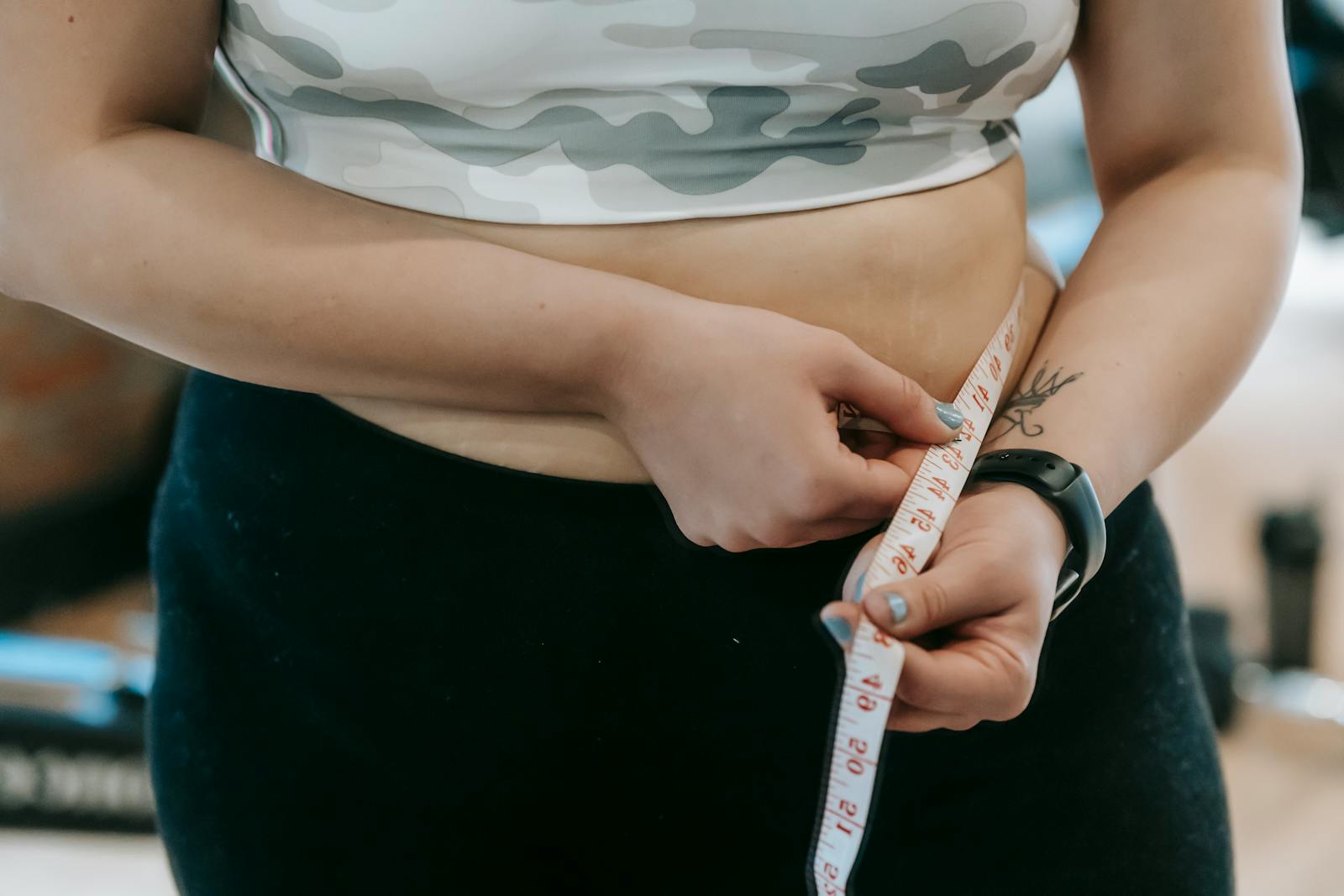Visiting a nail salon is a popular way to pamper oneself, yet it carries hidden risks if hygiene is overlooked. While polished nails can boost confidence, shared tools and improper practices can transmit infections and cause long-term nail damage.
The Hidden Risks of Shared Tools
Many infections, including bacterial and fungal conditions, can spread through communal nail care instruments. Tools like clippers, files, cuticle pushers, and bowls used for soaking hands or feet can harbor harmful microbes. The use of sterilized instruments is critical: clippers should ideally be disinfected in an autoclave, a steam-based sterilization system, for approximately 30 minutes. Disposable plastic containers reduce the risk of fungal infections. Reusing files or pushers across clients is strongly discouraged.
Rethinking Cuticle Removal
Cuticles serve as a natural barrier against bacteria and fungi. Despite the trend of cutting them for aesthetic purposes, dermatologists advise pushing them back rather than removing them. Cutting cuticles can trigger paronychia, an inflammatory condition marked by redness, swelling, and pus around the nail edges. Preserving the cuticle not only protects nail health but also prevents painful infections.
Nail Structure and Vulnerability
Nails are made of keratin, the same protein that forms hair. This rigidity doesn’t make them impervious to issues. Unnoticed problems—such as discoloration, fungal infections, or weak nails—can develop under layers of polish, masking their severity. Regular observation and preventive care are crucial to maintain healthy nails.
Common Nail Problems and How to Address Them
Fungal Infections
Fungal infections, or onychomycosis, are prevalent and often start at the nail corners. Early signs include whitening, yellowing, or even greenish discoloration. Treatment involves both topical and oral antifungal medications, but results take time. Prevention is more effective than cure: keep feet dry, avoid sharing tools, and consider genetic predisposition.
Hydration Matters
Like skin, nails require moisture. Applying hand and nail creams daily strengthens nails and maintains flexibility. Polish can block absorption, so applying moisturizers after removing polish—preferably the night before a salon visit—ensures better hydration.
Discoloration and Stains
Repeated use of the same nail polish can lead to pigment buildup, similar to how coffee or wine stains teeth. White spots often result from minor trauma or fungal infections. Monitoring polish frequency and removing stains promptly helps prevent long-term discoloration.
Weak or Brittle Nails
Some people naturally have weaker nails, a condition that persists despite regular care. Weekly manicures, careful filing, and use of strengthening bases containing formaldehyde can improve resilience. Persistent changes, however, may indicate underlying health issues and should be evaluated by a physician.
Ingrown Nails
Improper trimming, particularly at the corners, can lead to painful ingrown nails. For recurring problems, minor surgical procedures can correct the growth direction under local anesthesia, preventing chronic issues.
Practical Tips for Salon Visits
- Confirm that tools are sterilized between clients.
- Avoid cutting cuticles; gently push them back instead.
- Prefer disposable or individually cleaned containers.
- Inspect nails regularly for changes in color, texture, or thickness.
- Apply moisturizer daily, especially after removing polish.
- Don’t ignore persistent pain or swelling—consult a dermatologist.
By following these simple precautions, nail care can remain both enjoyable and safe. Maintaining hygiene and paying attention to small changes in nail health not only enhances appearance but also prevents long-term complications.




